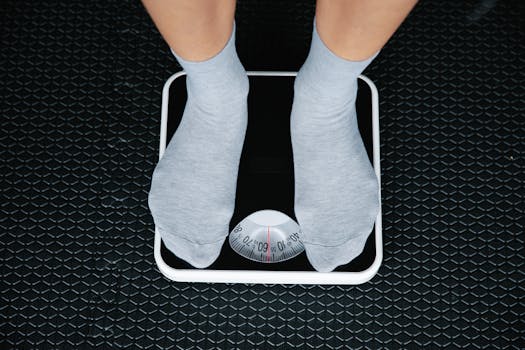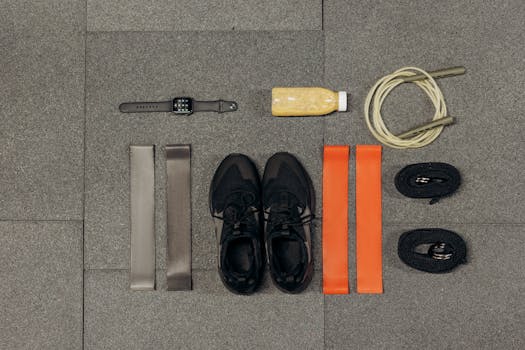
Introduction to Strength Training

Strength training is a crucial component of any fitness regimen, offering numerous benefits such as increased muscle strength, improved metabolism, and enhanced overall health. For beginners, starting a strength training routine at home can be both convenient and effective. This guide will provide you with the foundational knowledge to get started.
Benefits of Strength Training at Home

One of the primary advantages of strength training at home is flexibility. You can work out at your own pace and schedule. Additionally, you save time and money by avoiding gym memberships and commuting. Home workouts also allow for a more comfortable environment, where you can focus on your form and technique without distractions.
Essential Equipment for Home Strength Training

While you can perform many exercises using just your body weight, having some basic equipment can enhance your workouts. Consider investing in the following:
- Resistance Bands: Versatile and portable, perfect for adding intensity to your workouts.
- Dumbbells: A pair of adjustable dumbbells can cater to various exercises and strength levels.
- Exercise Mat: Provides comfort and stability for floor exercises.
Basic Strength Training Exercises

Here are some fundamental exercises to include in your routine:
- Push-Ups: Great for building upper body strength.
- Squats: Effective for strengthening the lower body.
- Plank: Excellent for core stability and strength.
Start with 2-3 sets of 8-12 repetitions for each exercise and gradually increase as you become stronger.
Creating a Strength Training Routine

To build an effective strength training routine, aim to work out at least 2-3 times a week. A sample weekly routine might look like this:
- Day 1: Upper Body (Push-Ups, Dumbbell Rows, Shoulder Press)
- Day 2: Lower Body (Squats, Lunges, Deadlifts)
- Day 3: Core (Planks, Russian Twists, Bicycle Crunches)
Always remember to warm up before starting your workout and cool down afterward to prevent injuries.






